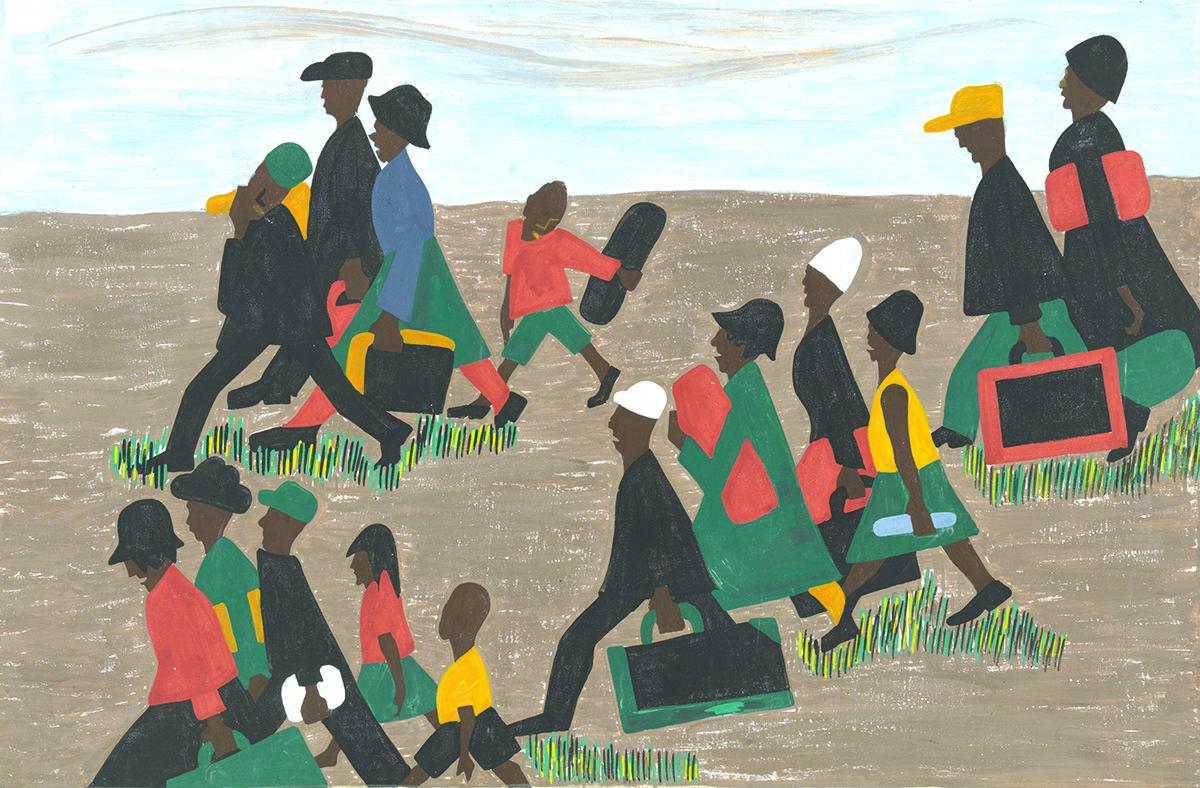Season 2 of the series “Dear White People” is now availible on netflix. Dear White People follows the experience of several different black students at a predominately white institution and how they navigate in the face of social injustice. It does an excellent job of exploring intersectionality, as it chronicles how different students adapt when their identities are challenged racially and sexually. The series dispels the notion of black monolithism, as it explores how black students with different backgrounds and experiences organize on campus, often conflicting with each other on the solutions they come up with to fight social injustice on campus. The series follows how the students relationships develop, and are tested by these concepts. The satire in the series will make you laugh, but will not take away from the severity of the issues it highlights. Dear White People is a must watch for anyone interested in seeing how identity and racism interact through multiple perspectives with a satirical twist.
Day: May 9, 2018
Use of Vernacular Dialect in “Barraccoon”
Zora Neale Hurstom’s “Barraccoon: The Last of the African Cargo,” the story of Cudjo Lewis is told through his own words. Cudjo was believed to be the last African to be brought to the United States as a slave. Hurston began interviewing Cudjo in 1927. The book was never published due to the vernacular dialect it uses. Publishers wouldn’t except it. Hurston has used this approach in works such as “Their Eyes Were Watching god.” I remember reading TEWWG as a freshman in High School and disliking the use of vernacular in the book. It made for a rigid, difficult read. However, I did not have the knowledge and understanding that I do now, and believe that the use of vernacular is an authentic approach to story telling. It makes for more rewarding read, as it brings you closer to the story tellers and gives you an opportunity to learn from the dialect itself.
